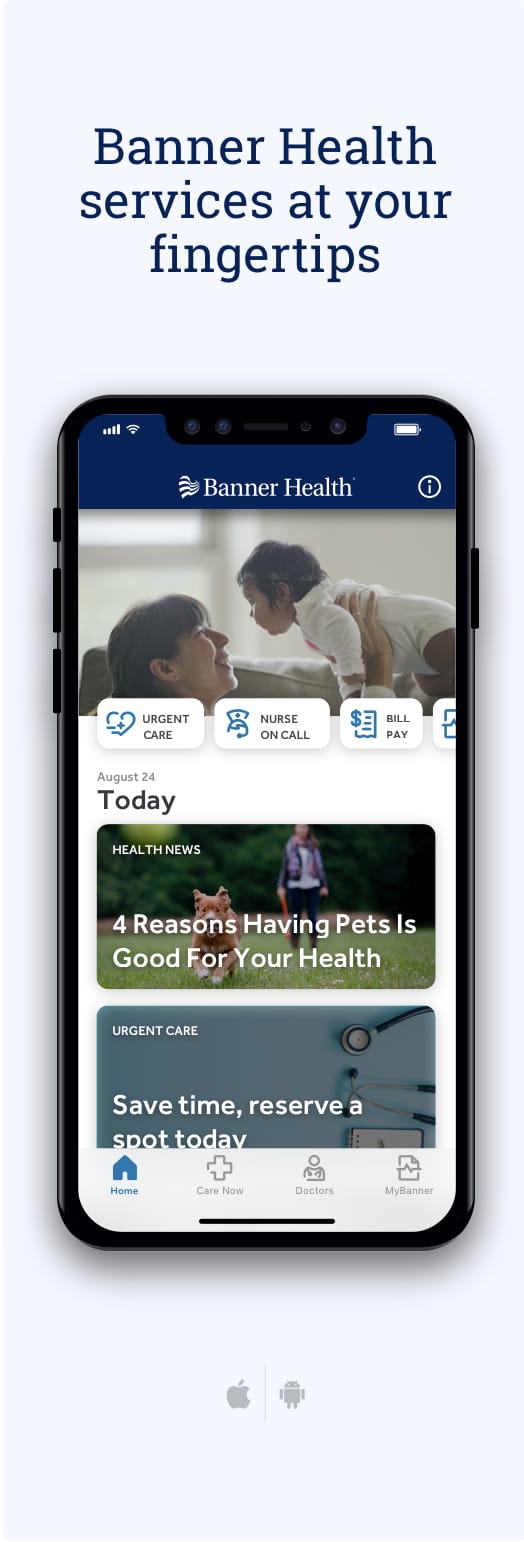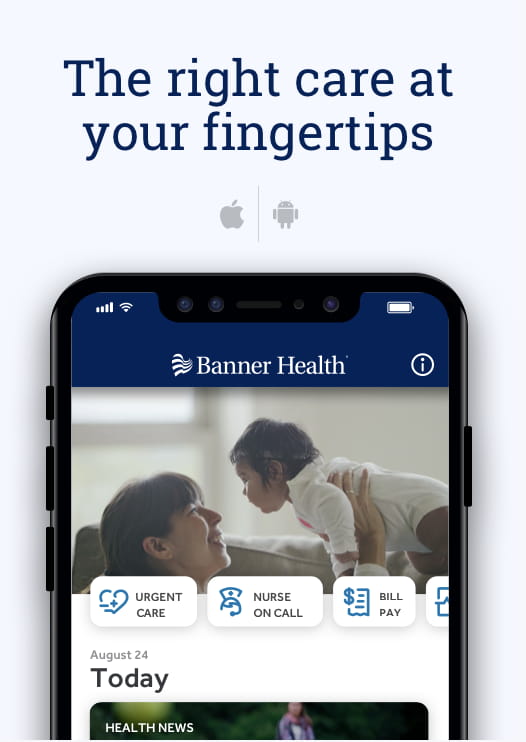Bringing a baby into the world is a life-changing moment. But if you’re having a C-section, you may wonder how it will affect bonding with your baby.
Unlike a vaginal birth, where skin-to-skin contact happens right away, a C-section can cause delays. You might need extra care or feel pain and exhaustion, making bonding a little harder.
It’s natural to feel a little unsure or disconnected, but there are many ways to build a strong connection with your baby, even if your first meeting starts differently than expected.
How a C-section affects early bonding
With a vaginal birth, babies are usually placed on your chest right away, starting the bonding process immediately.
With a C-section, extra steps – like weighing and medical checks – happen first before skin-to-skin contact. This delay can sometimes make parents feel disconnected from their new baby.
“Many C-section patients feel nausea, shakiness or pain, which can make bonding harder,” said Katherine Torres, RN, a patient and family educator with Banner Children’s. “You might struggle to lift your baby or find a comfortable position without irritating the C-section incision. You may feel torn between focusing on your physical recovery and caring for your new baby, which can be frustrating.”
By the time you’re ready to hold your baby, your partner or a family member may have already enjoyed those first moments. “This can cause feelings of sadness and even resentment,” Torres said.
Ways to bond with your baby after a C-section
The good news? Bonding isn’t about those first few minutes after birth. There are many ways to build a close connection over time.
1. Skin-to-skin contact
Skin-to-skin contact is one of the best ways to strengthen your bond, regulate your baby’s breathing, heart rate and body temperature and encourage breastfeeding. If you can’t do this right after delivery, ask for it as soon as you’re settled in recovery.
“Once you are ready, even brief skin-to-skin contact can be beneficial,” Torres said. “Holding the baby against the chest releases oxytocin, the feel-good hormone, which can provide emotional comfort and even help with pain relief.”
Tips for skin-to-skin contact:
- Have a nurse or a partner help place the baby on your chest while you’re in bed.
- Use pillows or adjust your bed for comfort.
- Use a soft blanket to cover both of you for warmth.
- If you’re in pain, try positioning your baby higher on your chest instead of over your incision.
“If you’re not yet ready for skin-to-skin, a support person can help,” Torres said. “Have a partner wear an oversized or button-down shirt to accommodate the little one on their chest. The nursing staff can wrap warm blankets around them.”
2. Eye contact and talking to your baby
Your baby has been listening to your voice for months inside your belly. Talking, singing and making gentle sounds help them feel safe and connected.
Tips for connecting with your baby:
- Look into your baby’s eyes while feeding or cuddling.
- Speak in a soft, soothing voice.
- Repeat familiar words and phrases — your baby will start to recognize them.
3. Cuddling and gentle touch
Babies love touch. Even if you’re recovering from surgery, you can still offer comfort.
Ways to comfort your baby:
- Hold your baby close with a supportive pillow.
- Use slow, gentle strokes on their back, arms and legs.
- Let them rest on your lap or next to you, safely, in bed while you talk to them.
4. Feeding strategies for bonding
Feeding time is a great chance to connect, whether breastfeeding or bottle-feeding.
Tips for breastfeeding:
- Hold your baby close and high up on an adjustable-height breastfeeding pillow.
- Try positions like the clutch/football hold or side-lying to ease pressure on your incision.
Tips for bottle-feeding:
- Sit with your legs crossed or in a figure-four position and rest your baby’s head on your knee to support them while giving your arms a break.
- Maintain eye contact to strengthen your bond.
5. Adjusting daily routines
Taking care of a newborn while healing from surgery can be overwhelming. Small changes in your routine can help.
Ways to adjust your normal routine:
- Sleep in shifts: “Start with some adjusted sleep math,” Torres said. “Take the sleep you’d get in a normal night, say eight hours pre-baby, and adjust expectations to getting those eight hours over the course of 24 hours. For example, a few three- to four-hour blocks.”
- Ask for help: Once breastfeeding is established or formula is introduced, partners and family can assist with night feedings. Alternating baby care duties and sharing household chores allows you time to rest, heal and bond.
- Babywearing: Once your health care provider has cleared you, babywearing can be a great way to keep the baby close while freeing up hands for light tasks. Choose a soft wrap or sling that doesn’t put pressure on the incision and that you and your partner can both use.
- Quick nutrition: For the immediate recovery period, instead of cooking meals, rely on friends, frozen meals, or take-out.
6. Coping with emotional and physical challenges
It’s normal to feel a mix of emotions after a C-section. Some parents feel disconnected from their baby or frustrated about their birth experience.
Ways to process feelings:
- Journal: “Write about your experience to help make sense of the experience and integrate it into your memory in a more positive light,” Torres said. “This can be especially helpful if your C-section was an emergency or unplanned.”
- Talk to your medical team: Hearing the story from your doctors and nurses can help you fully understand what happened and process any unanswered questions.
- Allow space for grief: “If you feel like you missed out on certain moments, it’s okay to grieve,” Torres said. “You can be grateful for a healthy baby and still have feelings of sadness over a difficult birth.”
- Ignore negative comments: Some people may say a C-section is the easy way out. It’s not. Every birth experience is valid and your recovery takes time. Curate your social media and personal interactions to surround yourself with support.
- Hire a postpartum doula: A postpartum doula can provide practical support with baby care and bonding, easing the transition into parenthood.
- Talk to someone: Join a postpartum support group, like Banner Health’s Beyond the Blues, or talk to a licensed therapist who can provide a safe space to discuss feelings of loss, frustration or anxiety.
Healing from a C-section – both physically and emotionally – follows a different timeline for every parent. Give yourself grace and recognize your value as a parent, regardless of how birth unfolded.
Takeaway
Bonding with your baby after a C-section may take a little extra time, but your connection will be just as strong. Your baby knows your voice, scent and love and they will continue to seek comfort from you. By focusing on small, intentional moments each day, you’ll build a lasting bond as you heal and adjust to life with your newborn.
If you need support, reach out to your provider, local community groups or online networks to find a postpartum support group that fits your needs. Healing is physical and emotional, and having support makes all the difference.


